Feeling (the Effects of) SAD?
“Seasonal affective disorder, or SAD, is a type of depression. It happens during certain seasons of the year—most often in fall or winter. It is thought that shorter days and less daylight may trigger a chemical change in the brain leading to symptoms of depression.” (full article linked below)
As with any condition, there is a continuum of possible experiences, right? From a mild impact to moderate to severe, everyone’s feelings and experiences are valid and worthy of support here.
Do you notice a change in your mood as the days get shorter? Have you always felt that, or is that a more recent experience? I noticed the winter of 2020 was the first year I really felt the effects of shorter days. Whether it would be a formal diagnosis of SAD or not, what I do know is that the last few winters have become more challenging.
Same for you? I have heard many folks express an increase in challenge over these last few years. And honestly, it’s no wonder. It’s been tough going.
Let’s see if we can find some action items to support you, shall we? (there are more in-depth resource articles below, and please do connect with your healthcare provider if you need more support than what is here or is mentioned in the other articles below).
To start, if this is a more recent experience for you, what did your winters look like when they weren’t feeling so heavy? For me, my kids were playing hockey. Weird huh? Not really once I dug into this. Pre-COVID I had two kiddos on two travel teams and a hubby who helped coach both of them. Don’t get me wrong, I still hated the cold and the snow then, but my mood wasn't impacted like it is now. Why? Here is what I’ve surmised:
1) I was too dang busy to take a breath that those times, and whether that was a positive or negative thing I am not sure. I little of both I think and, it just was.
2) There was a lot of fun in those hockey years. More travel, tournaments, more social engagements, seeing my kids thrive in what they loved.
Although the hockey days are long gone for both of my kids, reflecting on this helped me gather some clues about what might be helpful for me now. What I do know is that I don’t idle well AND that those hockey days were too hectic. Those are opposites, right? I need to keep busy, but not too busy. So that is something I continue to work on, finding the right blend.
And second, I need to make sure I plan fun and be more intentional about making the most of winter. Last winter, although I still dislike the snow and the cold, I really worked on my winter mindset to find opportunities for fun, that would also get me outside more anytime there was some sun (key for SAD). Enter my silly pups. They LOVE the snow. And did you know that energy is contagious? Have you ever been around a negative nelly who, after you’ve hung out a bit, you feel your energy tank? See, energy is contagious.
So find those who vibrate an energy you wish to adopt. This isn’t a “just-think-happy-thoughts” moment of BS. This is an actual proven strategy that can work for some folks. We all have energy vibrations. Humans are thought to vibrate around 5-10 Hz. When we look for beings that vibrate positive energy….dogs. Their happy tail wags (note: they wag their tails for many other reasons too) are thought to vibrate at 10 times higher than a human’s energy. So, enter my intentional snow pants on, and roll around in the snow with the dogs more, winter. Even though I didn’t love the cold, I certainly spent more time outdoors and laughed a lot more.
Not your thing? No problem. What have you done in the past that helps to support your mood? Nothing is too small, or “too silly”. Nothing is silly at all. What helps you feel just a bit better? Putting up Christmas lights early? A favourite sweater or pair of cozy socks? A call with a good friend? 5 minutes with the sun on your face, whether that be by the window or outside?
I encourage you to take a continuum approach here and meet yourself where you are. More specifically, list out the helpful strategies from easiest to most challenging for you, and when you need to, pick one that matches your current capacity. We know, without a doubt, that exercise helps to boost our mood. And if you struggle with low mood, you also know how hard it can be to find the energy and motivation to move. Again, we see opposites. Look at movement on a continuum. Maybe one end is a gentle stretch in your bed and the other end is a high-intensity option. And then there is lots of option in the middle.
Whatever the case, start to make a list now so that you’ve got some strategies to employ as we shift into some darker months.
There are more strategies and ideas linked below, and as always, reach out if I can be of help: deanna@deannalangfordcoaching.com
First is the link from the above quote, as well as another resource article below.
https://www.hopkinsmedicine.org/health/conditions-and-diseases/seasonal-affective-disorder#:~:text=Seasonal%20affective%20disorder%2C%20or%20SAD,antidepressants%20can%20help%20treat%20SAD
https://www.mayoclinic.org/diseases-conditions/seasonal-affective-disorder/symptoms-causes/syc-20364651
Wishing you well and cheering you on,
Deanna
